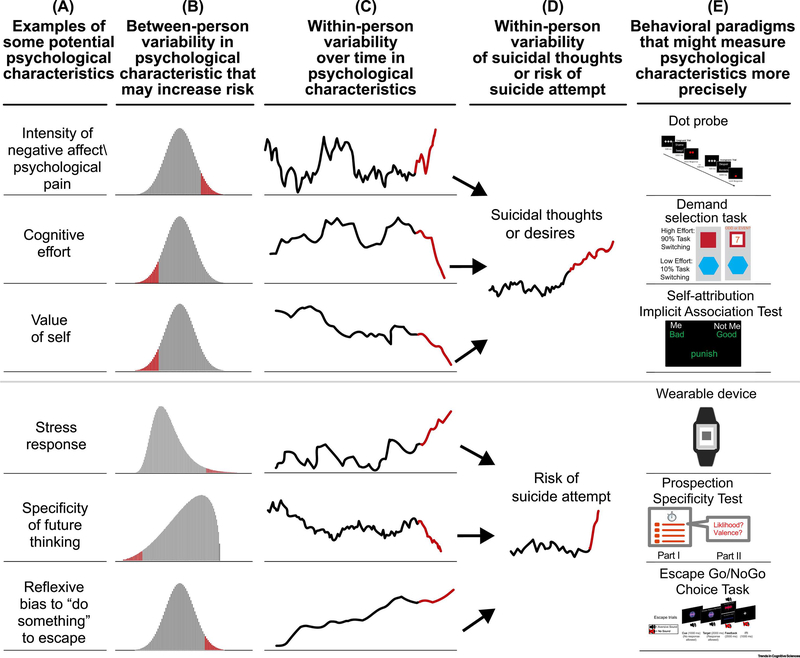Figure 2. New approach to selecting components for suicide theory and constructs for suicide research.
Past research largely has translated clinically observed subjective psychological experiences (e.g., sadness, loneliness, hopelessness) into self-report scales and has shown that people with suicidal thoughts/behaviors tend to report higher levels of those experiences. A more promising approach is to conceptualize suicide as resulting from the interaction of dysfunctions in multiple evolutionarily adaptive domains. Column A contains sample constructs from adaptive domains. For instance, it is adaptive to experience physical and psychological pain; however, people at the high end of the distribution on tendency to experience psychological pain will be at elevated risk for suicide in general (Column B), and especially during periods when pain is especially elevated (Column C). More precise and repeated measurement of pain using methods from psychological science (Column E) will help us better understand how, why, when, and for whom suicidal thoughts and behaviors emerge.

